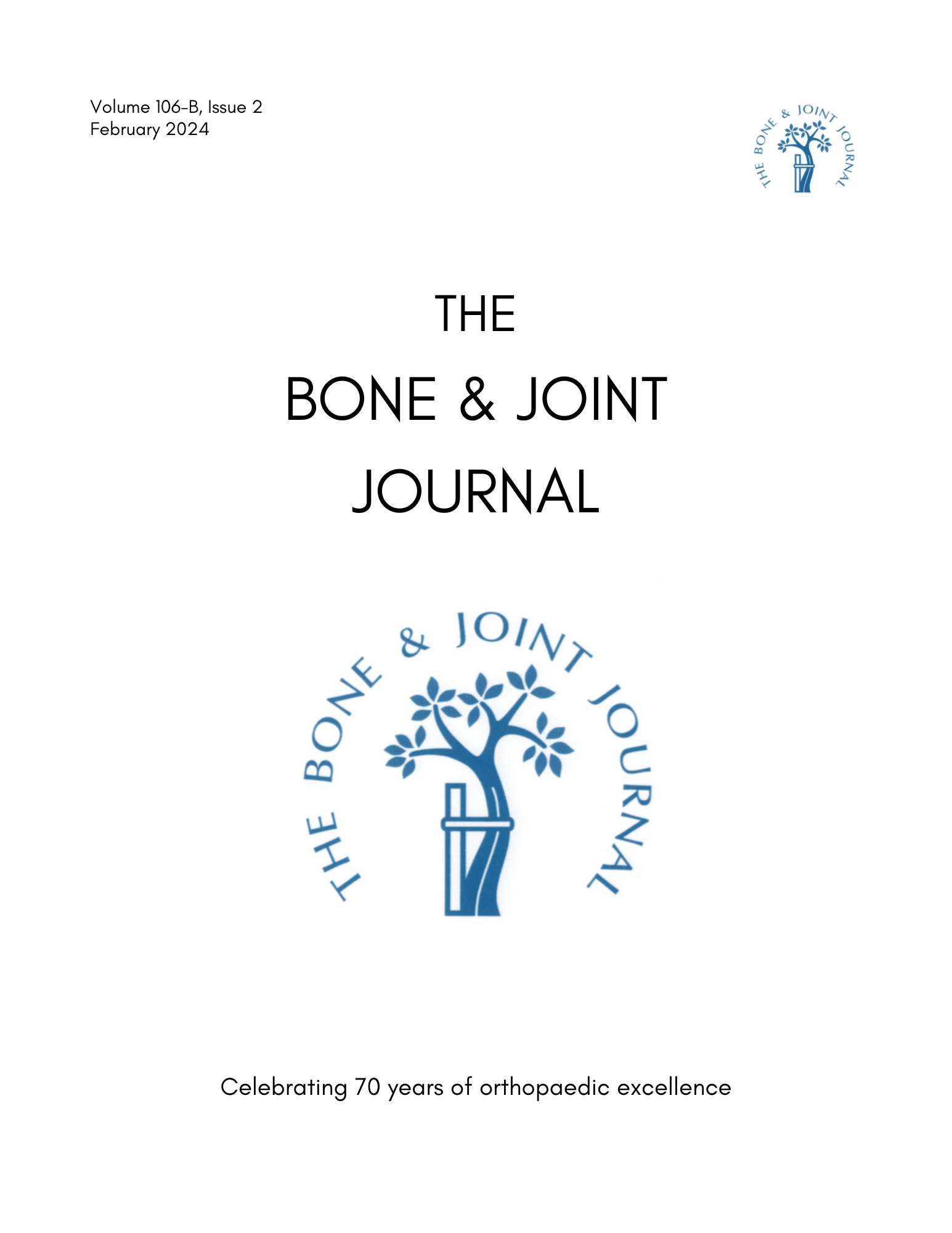
Bicruciate-stabilised total knee replacements produce better sagittal plane kinematics

Bicruciate-stabilised total knee replacements produce better sagittal plane kinematics
Bicruciate-stabilised total knee replacements produce more normal sagittal plane kinematics than posterior-stabilised designs
Journal of Bone and Joint Surgery British; 2011; 93(B); 907-913Synopsis
28 elderly patients with osteoarthritis (OA) were randomized to receive either bicruciate total knee replacement (TKR) or posterior-stabilized TKR. The results of the 7-week trial indicated that patients who received the bicruciate TKR displayed higher mean patellar tendom angles, and thus better knee kinematics, in comparison to individuals who received posterior-stabilized TKR. It was also found...
To view the full content, login to your account,
or start your 30-day FREE Trial today.
FREE TRIAL
LOGIN
Forgot Password?
Explore some of our unlocked ACE Reports below!

Learn about our AI Driven
High Impact Search Feature
Our AI driven High Impact metric calculates the impact an article will have by considering both the publishing journal and the content of the article itself. Built using the latest advances in natural language processing, OE High Impact predicts an article’s future number of citations better than impact factor alone.
Continue



 LOGIN
LOGIN

Join the Conversation
Please Login or Join to leave comments.